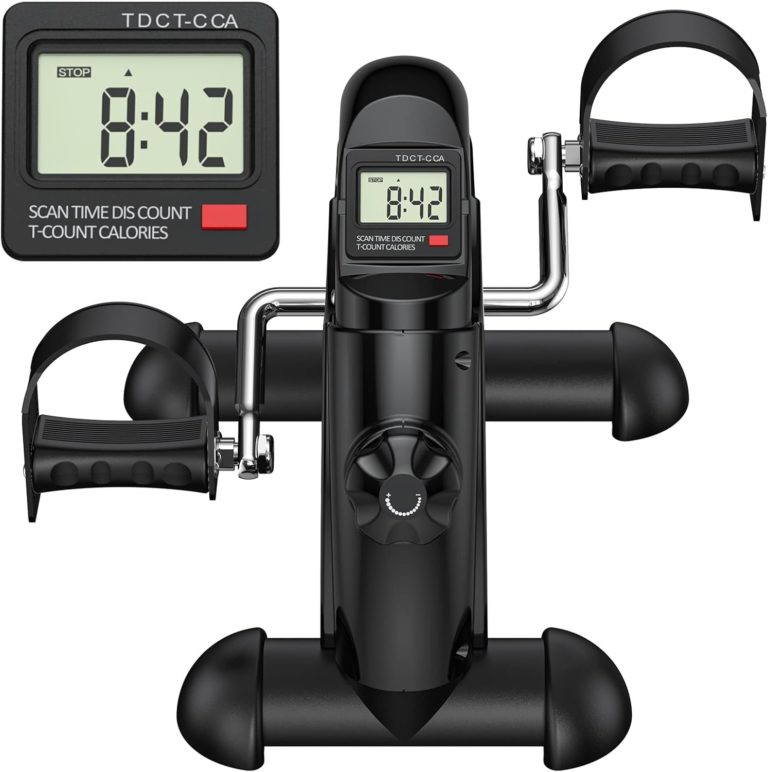Managing Type 2 Diabetes
As an Amazon Associate I earn from qualifying purchases.
Managing Type 2 Diabetes: Proven, Gold Standard, and Most Effective Strategies Through Diet and Lifestyle Changes
Type 2 diabetes—it’s not just a diagnosis. It’s a constant tug-of-war with your body. Every meal, every decision, every step you take feels like you’re walking a tightrope. One wrong move, and things can spiral out of control. It’s a life-altering condition, no doubt, but here’s the thing—managing diabetes isn’t some abstract science reserved for the doctors. It’s something you can do too, with the right strategies. We’re talking about those tried-and-tested methods—the ones that work, that have been proven time and again. The kind that make a difference.
First thing’s first: Diet. It’s huge. Like, really huge. We all know what it’s like to take that first bite of something delicious and, for a moment, forget that we’re walking the tightrope. But here’s the kicker—what you eat directly impacts your blood sugar levels. Sounds obvious, doesn’t it? Yet it’s so easy to get sidetracked by cravings or convenience. So, what’s the Gold Standard in diabetes nutrition? What should be on your plate?
1. Carb Control: Not All Carbs Are Created Equal
Carbs. They’re the most notorious of the bunch, aren’t they? But not all carbs are your enemy. Actually, some are downright friendly (and no, I don’t mean the ones in pizza crust—sorry, I’m not sorry). The Proven method here is to pay close attention to the glycemic index (GI) of what you eat. You want the low-GI stuff: whole grains, veggies, fruits. These foods digest slowly, keeping your blood sugar on a more even keel. In fact, some days it feels like these foods are the unsung heroes of diabetes management, quietly working behind the scenes.
The high-GI foods—processed sugars, white bread, those irresistible doughnuts you swear you’ll “only have one bite of”—they send your blood sugar on a rollercoaster ride. It’s that quick spike, followed by the crash that leaves you hungry and scrambling for more food. And…repeat. It’s a vicious cycle. But if you stick to whole foods and limit the sugar bombs, you’ll avoid those extreme swings. And hey, that’s the “gold standard” right there.

2. Exercise: Move, Move, Move
Then, there’s exercise. Oh, exercise. We all know we should be doing it, but… sometimes it feels like just another “do-this-or-else” task on the ever-growing to-do list. But bear with me—movement is one of the most effective ways to regulate blood sugar. Seriously, it’s like a secret weapon. I don’t care if it’s a brisk walk around the block or an all-out run. Just move.
I remember starting my own fitness routine—at first, I could barely walk for 15 minutes without feeling out of breath. But gradually, that time stretched, and my body started to respond. Exercise makes your muscles more sensitive to insulin, which means you can manage your blood sugar more effectively. It’s like giving your body a gentle nudge—“Hey, let’s work together here!” Mixing aerobic exercises with strength training? That’s the Proven combo. It’s like the ultimate solution for a balanced routine.
3. Stress: The Silent Saboteur
Stress. Ugh, stress. You know that feeling when your blood pressure spikes, your mind races, and you just want to collapse into a heap? Yeah, that’s your body telling you that stress can spike your blood sugar too. The hormones released when you’re stressed—cortisol, adrenaline—they work like a floodgate, pushing your blood sugar higher. And I’m not just talking about the big stressful moments; even those little, everyday pressures add up.
So, what’s the answer? Well, it’s not just yoga or a bubble bath (though, don’t get me wrong, those can help, trust me). It’s about consistency—taking time every day to check in with your stress levels. Whether it’s through deep breathing, meditation, or simply getting outside for some fresh air. It’s small moments that make the big difference. I’ve found that walking outside for just 10 minutes after a stressful meeting can help me clear my head—and stabilize my blood sugar. Go figure.
4. Weight Management: A Game Changer
Ah, weight management. This is critical in managing type 2 diabetes. I mean, we can talk about carbs, exercise, stress, and all the other factors, but the reality is, weight plays a huge role in your body’s ability to use insulin properly. Even just losing 5-10% of your body weight can lead to significant improvements in blood sugar control. That’s not a typo, by the way—5-10%. Imagine that—just a few pounds could shift the needle.
The Gold Standard here is a steady, sustainable approach. Crash diets? Not so much. Weight loss isn’t about starving yourself; it’s about being mindful of your body’s needs, and feeding it with nutrient-dense foods. I remember thinking that dieting was all about deprivation, but the truth is, it’s about finding balance. It’s gradual—it’s about habits that stick, not instant results. Take it from someone who’s been there: the long game is what pays off.
5. Consistency: The Unsung Hero
And finally, there’s consistency. You might have all the tools—carb control, exercise, stress management, weight loss—but without consistency, it’s all for nothing. This isn’t about perfection; it’s about keeping up with these changes day in and day out. Some days you’ll have a slip-up, and that’s fine. You’ll get back on track the next day. It’s like I always say: small steps, big changes.
I get it though. It can be overwhelming. But the key here is sticking to the plan. Track your blood sugar, stay mindful of your diet, and keep moving—literally. There’s no magic pill, no quick fix. But with consistency, you can master this. And eventually, it doesn’t feel like a fight. It feels like a new normal.
Final Thoughts
Managing type 2 diabetes isn’t easy, and it’s certainly not a one-size-fits-all journey. But with the right tools—strategies that have been Proven to work—you can take control of your health. A balanced diet, regular exercise, stress management, weight control, and above all, consistency. These are the cornerstones. No magic cure. Just science, persistence, and a little bit of belief that you can do it.
So, take a deep breath. You’ve got this.
Amazon and the Amazon logo are trademarks of Amazon.com, Inc, or its affiliates.





